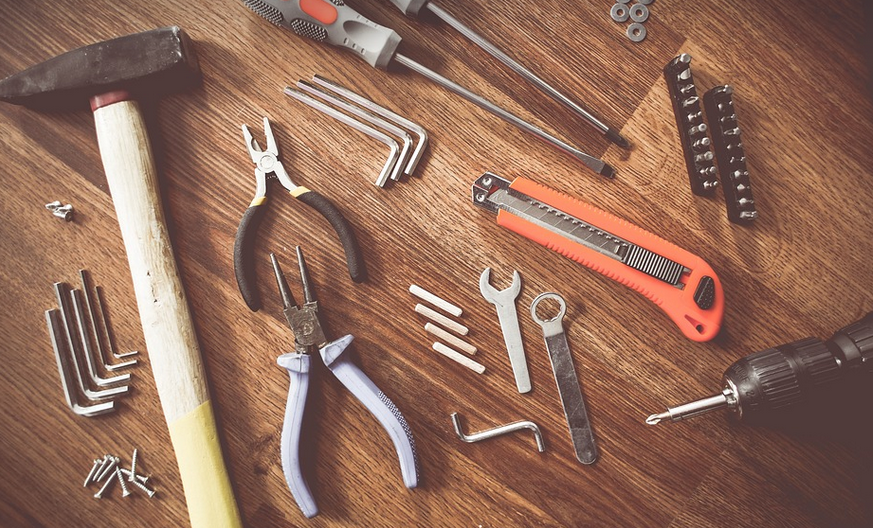A Guide to Staying Cool When your Fan Goes Haywire
Ah, summer. The air is thick and heavy, the sun beats down relentlessy, and you’re desperately trying to stay cool and comfortable. You turn on your trusty air conditioner, expecting a blissful breeze that will keep you at ease
But then, disaster strikes! Your AC fan blade, the very heart of your cooling system, starts to sputter, groan, or even go completely silent. A broken fan blade is no laughing matter; it can make your whole day feel like a sauna.
Don’t fret, though! A broken fan blade does not have to spell the end of your cool comfort. This guide will walk you through the process of diagnosing the problem and getting your AC back in action.
Understanding Your AC Fan Blade
Let’s start by taking a moment to appreciate just how critical those seemingly simple fan blades are for our everyday lives.
The fan blade is essentially an impeller, responsible for driving the air flow through your AC. It spins rapidly, pulling in warm air from your room and pushing cool air back down. Without it, your AC would simply be a useless box of wires; it’s how that precious, refreshing wind comes into play.
Your fan blade is often made of durable materials, like plastic or metal, with blades designed to move smoothly through the air and create a powerful airflow.
Common Causes of Fan Blade Failure
There are several reasons why your AC fan blade might break; some more common than others.
**Dust and Debris:** This is a familiar foe to most fans, even ones inside our homes! Over time, dust particles can accumulate on the blades’ surfaces, causing friction. This creates stress points, eventually leading to blade breakage.
**Excessive Wear and Tear:** If you have an older AC unit, this is a common culprit. Over time, natural wear and tear from constant use can take its toll on your fan blade, leaving it prone to failure.
**Motor Issues:** A malfunctioning motor, whether it’s due to faulty wiring or an overloaded circuit, can cause the fan blades to spin unevenly or fail entirely. The spinning motor can put excessive stress on the blades.
**Improper Maintenance: ** This can be a silent killer. If you don’t clean your AC unit regularly, dust and debris will build up, ultimately leading to increased wear and tear on the fan blade.
Diagnosing the Problem
Before we jump into solutions, let’s get a handle on what exactly might be wrong with your AC fan.
**Visual Inspection:** The first step is to look at your AC unit yourself! Is there visible damage? Is there any discoloration or cracks in the blades?
**Listen for Unusual Noises:** How does your fan sound? Does it make a grinding, rattling, or screeching noise when the unit is turned on? These sounds can be an indicator of a problem with the motor or fan blade.
**Airflow Test:** If you’re comfortable opening up the AC unit slightly, run the fan and see if there is a difference in airflow. Is it weak, erratic, or just not blowing at all?
When looking for a leak, listen carefully to the air coming from the vents. Do you hear any loud rattling or whistling noises. These noises can indicate that something is wrong with the fan blade.
Steps to Repair or Replace Your Fan Blade
Once you’ve gathered some information about what’s going on, it’s time to consider your options for repair or replacement.
**Repair:** If the damage is minor and you are comfortable with DIY repairs, there are some steps you can take:
1. **Disconnect the Power:** Turn off the power to the air conditioning unit before you start working on it.
2. **Remove Access Panels: ** Carefully remove any cover plates or panels that allow access to the fan blades and motor.
3. **Inspect for Damage**: Examine the blades carefully for cracks, chips, or other damage. If you find a broken blade, you’ll need to replace it.
4. **Replace the Blade: ** You can usually find replacement fan blades at most home improvement stores. Just be sure to match the size and type of your original blade before you buy one.
**Replacement:** If repairing sounds like too much work, you might want to consider replacing the entire fan. This could be a worthwhile investment if your AC unit is older or damaged beyond repair.
**Professional Help: ** Many times, it’s wise to call in an HVAC technician to help diagnose and fix the problem. Especially for complicated issues like motor damage or electrical problems.
The Big Picture: Preventative Measures
Here are some preventative measures that will keep your AC fan running smoothly down the road:
**Regular Dusting and Cleaning:** You’ve got to give your fan blade a quick once-over every now and then!
**Clean Filter: ** A clean air filter is essential for optimal airflow. Check it monthly, and replace it when it’s clogged.
**Professional Maintenance: ** Have your AC unit serviced annually by a qualified HVAC technician. This will help catch potential problems early on.
Staying Cool This Summer
We hope this guide has given you the knowledge and confidence to tackle that broken fan blade issue! Remember, staying cool this summer is just one click away.
